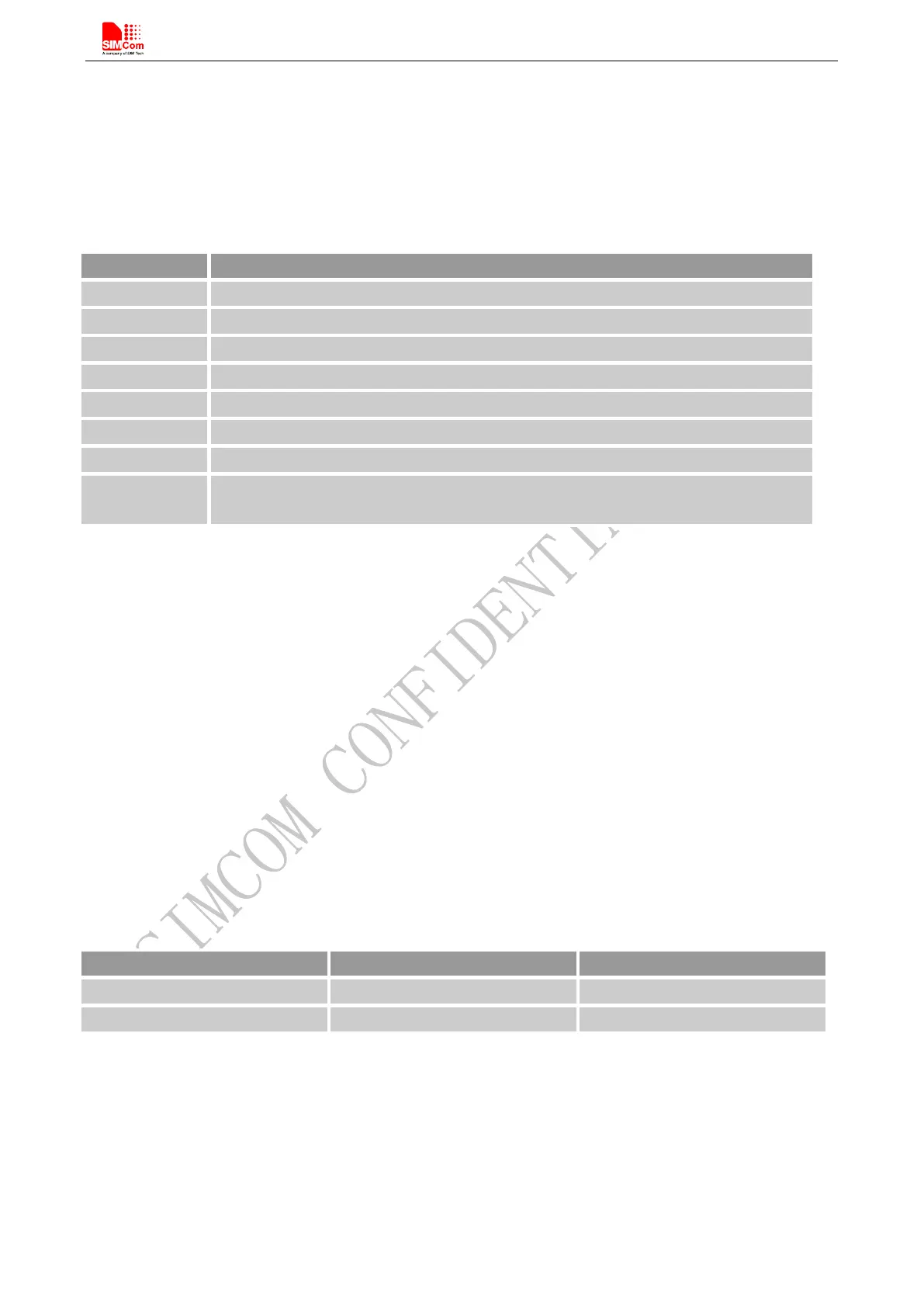Smart Machine Smart Decision
SIM800_Hardware Design_V1.09 59 2016-06-30
7.3. The Moisture Sensitivity Level
The moisture sensitivity level of SIM800 is 3. The module should be mounted within 168 hours after unpacking
in the environmental conditions of temperature <30°C and relative humidity of <60% (RH). It is necessary to
bake the module if the above conditions are not met:
Table 48: Moisture classification level and floor life
Floor Life (out of bag) at factory ambient≤30°C /60% RH or as stated
Unlimited at ≤30°C /85% RH
Mandatory bake before use. After bake, it must be reflowed within the time limit
specified on the label.
NOTES:
1. If the vacuum package is not open for 6 months or longer than the packing date, baking is also
recommended before re-flow soldering.
2. For product handling, storage, processing, IPC / JEDEC J-STD-033 must be followed.
7.4. Baking Requirements
Because of its sensitivity to moisture absorption, SIM800 should be baked sufficiently before re-flow soldering.
Otherwise SIM800 will be at the risk of permanent damage during re-flow soldering. SIM800 should be baked
192 hours at temperature 40°C +5°C /-0°C and <5% RH for low-temperature device containers, or 72 hours at
temperature 80°C ±5 °C for high-temperature device containers. Care should be taken that the plastic tray is not
heat resistant, SIM800 modules should be taken out for baking, and otherwise the tray may be damaged by
high-temperature during baking.
Table 49: Baking requirements
